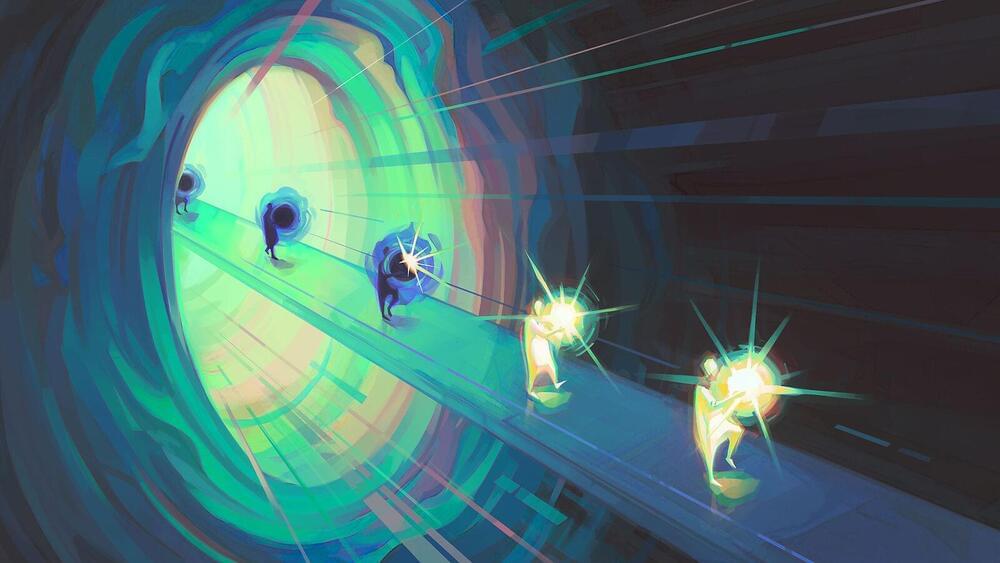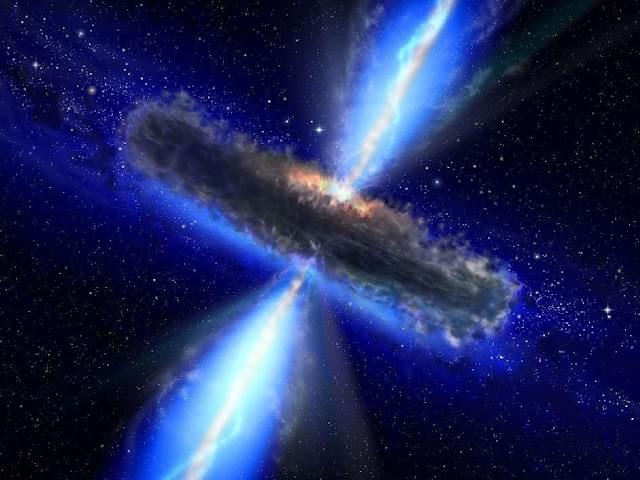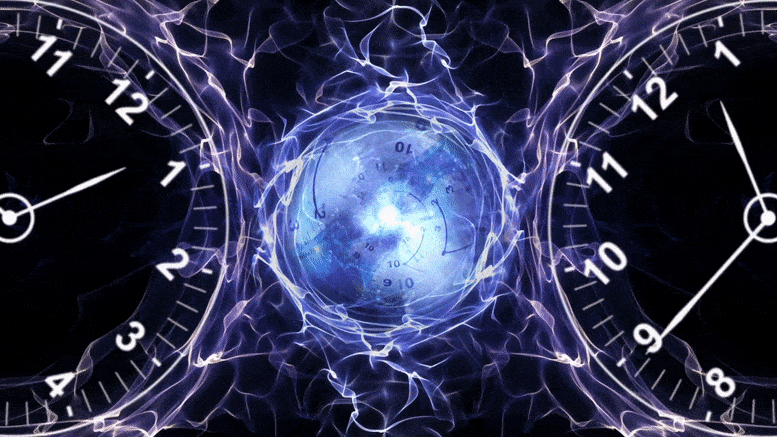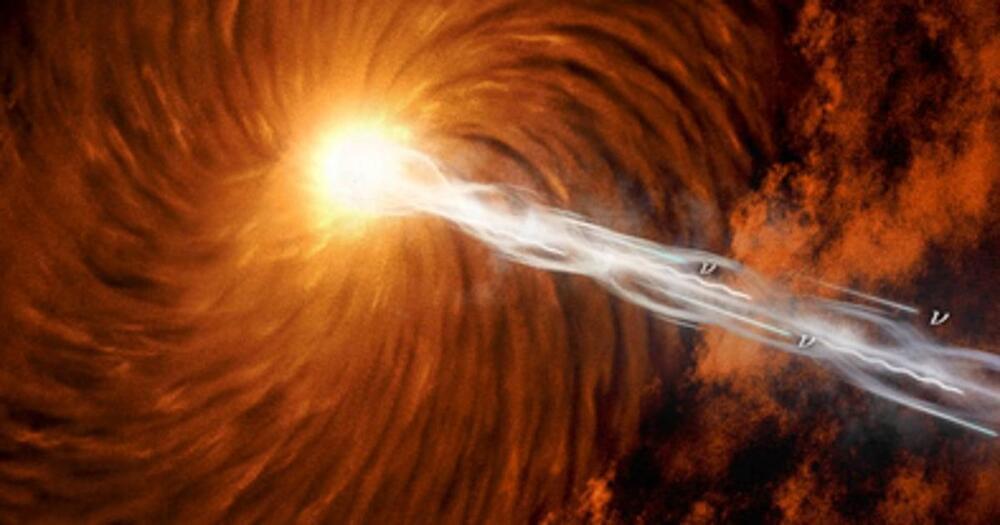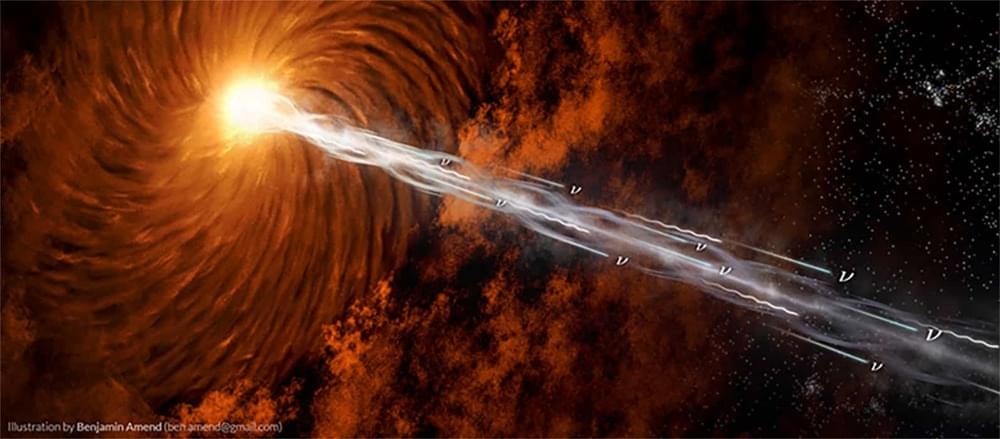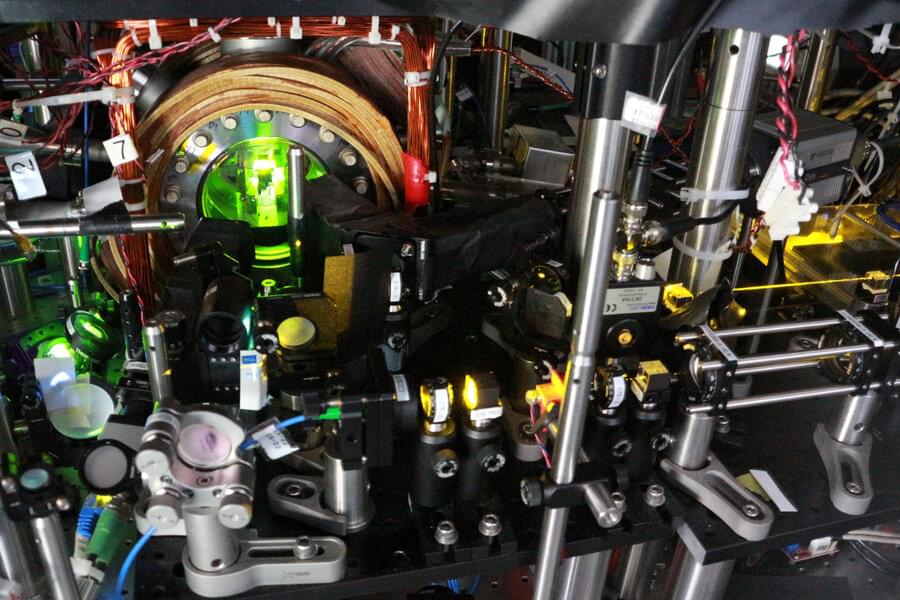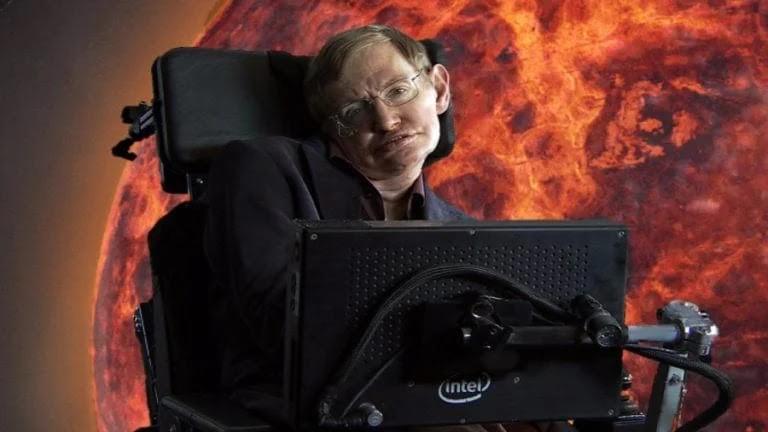A team of astronomers using the Chinese Insight-HXMT x-ray telescope have made a direct measurement of the strongest magnetic field in the known universe. The magnetic field belongs to a magnetar currently in the process of cannibalizing an orbiting companion.
Magnetars are nasty, but thankfully rare. They are a special kind of neutron star that power up the strongest known magnetic fields.
Astronomers don’t know the exact origins of these ultra-powerful fields, but as usual they have their suspicions. While neutron stars are made of almost entirely neutrons, they do contain small populations of protons and electrons. When neutron stars are born in supernova explosions of a massive star, those charged particles can briefly create a strong magnetic field. In normal neutron stars, the magnetic field quickly melts away from all the complex physics happening in the explosion. But for some neutron stars, the magnetic field locks itself in before that happens. When the neutron star finally reveals itself, it retains this impressive magnetic strength, and a magnetar is born.
